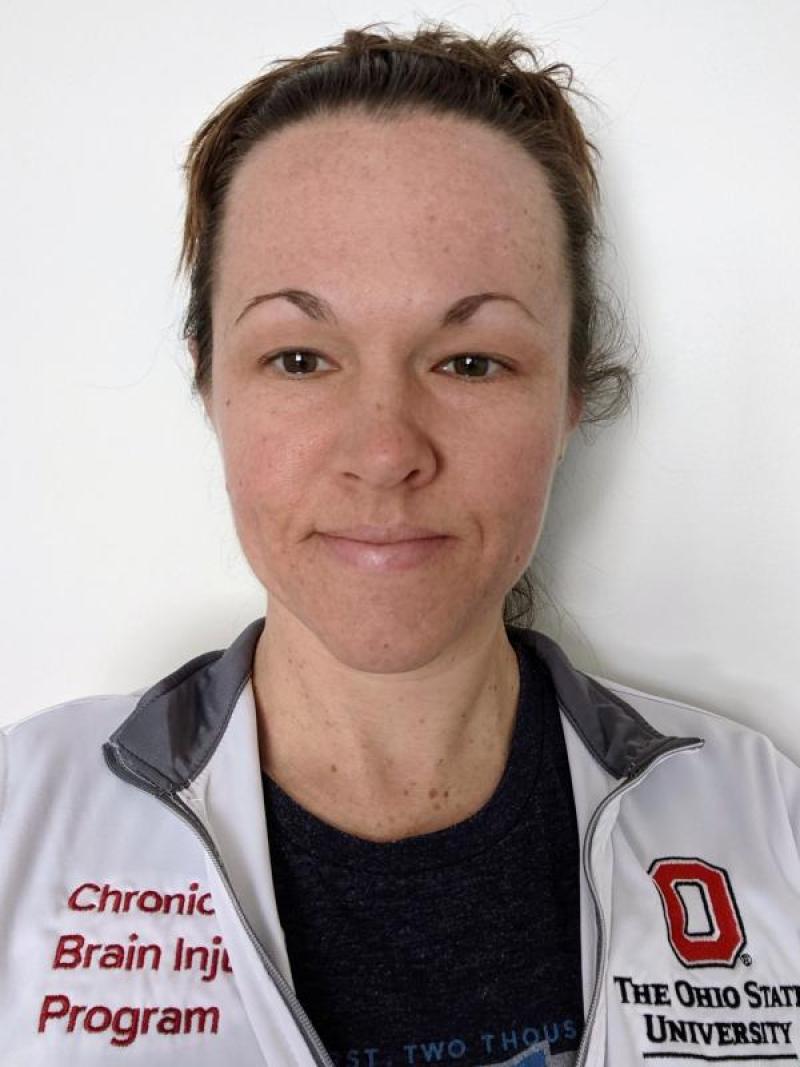For more detailed information about program requirements and expectations, review the program handbook.
Overview
Students in the Behavioral Neuroscience graduate program study behavior from a biological perspective and are prepared for a research-oriented career in academia or industry. They develop expertise in brain and behavioral sciences, as well as statistical and data analysis methods. Students do basic and advanced work in topics such as cellular and molecular neurobiology, neuropharmacology, neuroendocrinology, neurophysiology, and neuroimmunology. The program is also part of a broader, vibrant neuroscience community at The Ohio State University.
The program has several main emphases, including:
- Animal models of neuropsychiatric disorders
- Neuronal mechanisms of learning and memory
- Effects of stress and other perturbations on behavioral, neural, and endocrine processes across the lifespan
- Development of the nervous system and relevance for behavioral maturation
- Sex differences in the brain and behavior
- Hippocampal neural stem and progenitor cells in modulating the hippocampal response to environmental stimuli
Qualifications
Graduate work in Behavioral Neuroscience requires quantitative and technical expertise. Applicants to the program should have a strong background in biology, neuroscience, and/or the biological foundations of behavior.
Program of Study
The Behavioral Neuroscience graduate program is designed to be completed within five years. Students pursue an individualized program of study that they prepare with their faculty advisers. During the first two years, coursework and collaborative research with a faculty advisor generally fulfill the requirements of the MS degree. Students must successfully complete the Candidacy Examination by their third year, and they typically complete their PhD degree by the end of the fifth year.
Additionally, the program encourages every student to complete at least one year of teaching experience at the undergraduate level. Typically, the preferred time to do this is the year immediately after completion of the Master's degree, or the third year of study.
Coursework
Outside of core curricular requirements, coursework in the Behavioral Neuroscience program is flexible. It is organized to help students develop a plan of study that fits their goals, background, and interests. Potential courses include Psych 5613H: Biological Psychiatry, Psych 5602: Behavioral Genetics, and Psych 5603: Stem Cells and the Brain, among many others.
Research
Active research participation is central to the Behavioral Neuroscience program, and students work closely with their selected faculty advisers on projects of mutual interest.
In the lab, students learn current behavioral neuroscience and molecular biological techniques such as immunohistochemistry, in situ hybridization, northern and western-blot analyses, flow cytometry, RT-PCR, small animal surgery, cell culture techniques, RNA sequencing, standard and miniaturized microscopy, in vivo imaging, activity dependent tagging, optogenetic and chemogenic manipulations, and behavioral testing. They also develop a sophisticated foundation in research design and quantitative methods that will be highly useful in designing substantive research studies and analyzing resulting data.
Facilities and Equipment
The Behavioral Neuroscience program offices and laboratories are housed in the Psychology Building, located centrally on The Ohio State University Columbus campus. Individual labs contain the relevant equipment to conduct modern behavioral neuroscience research. There are also shared facilities for surgery, histology, cell culture, PCR, microscopy, and rodent behavioral assays.
Additionally, through their advisors, students have access to 20 core facilities located on the Columbus campus of The Ohio State University and the Wexner Medical Center. All are close to the Psychology Building. These include a microscopy (confocal) and imaging core, genetics/microarray core, biostatistics core, and cell sorting core.
Core Faculty







